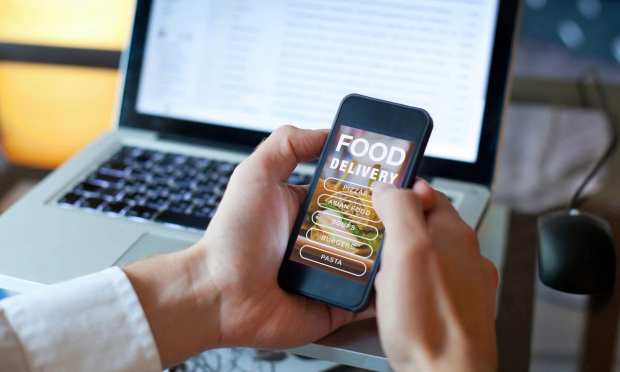GoTab’s Menu Redesign Brings Personalization To Contactless Ordering

Restaurants’ adoption of contactless technology has dramatically accelerated in the past year, as businesses and consumers alike sought out COVID-safe alternatives to pre-pandemic practices. In last month’s PYMNTS Citcon QR Code Tracker, we noted that restaurants saw a 25 percent increase in QR code usage by consumers in the last six months of 2020. A recent survey found that 84 percent of U.S. and United Kingdom consumers have scanned a QR code at least once, while 32 percent had done so within the past week. This is where contactless ordering and payment platform GoTab comes in.
“When we rolled out order-to-table in October of 2018 at our first restaurant,” GoTab CEO Tim McLaughlin told PYMNTS in an interview, “I personally stood at the line to the counter … and taught people how to scan a QR with their phone. Nobody — I mean, maybe one in 20 or less — knew how to do it.” Now consumers understand the technology and how it is useful. With the mass adoption of these tools, GoTab has had the opportunity to grow its offerings, introducing redesigned digital menus and a contactless ordering starter kit for operators in the last month alone.
The redesigned menus offer increased flexibility, allowing them to function less like an inventory list, and more like the sorts of discrete menus restaurants use for different dayparts and occasions. “The Menus lets you cross-collect your catalog, take a portion of it, construct who can see it, when they can see it, when they can order from it,” said McLaughlin, adding that the feature functions “the way that normal humans think of a menu, which is something you can print and hand out and say, ‘Oh, this is the thing that we serve on Mondays from five to nine.’”
In addition to in-restaurant menus, the company also offers off-premises ordering, POS hardware, apps to help with operational efficiency and additional eCommerce tools. While the recent success of contactless technology may be a direct result of contagion concerns, its popularity is expected to continue increasing well after the majority of the public is vaccinated. Our most recent QR Code Tracker noted the results of a recent study, which found at least 2 billion individuals around the globe are expected to leverage QR codes for payments by 2025, up from 1.5 billion last year. The total annual value of these payments is expected to exceed $2.7 trillion in 2025.
One advantage of this digital integration is that it allows the menu to curate recommendations to the consumer. “Now that we’ve got standardized menus that are a curated subsection of the catalog, we are going to have personalized menus,” said McLaughlin, making it clear that the menu was not in place of restaurants’ own recommendations, but rather in addition to them. These recommendations will be based both on the consumer’s order at that restaurant and their orders at other GoTab-enabled locations.
These sorts of personal recommendations can be hugely important in terms of driving sales. Recent research revealed that up to 84 percent of consumers have been spending more time shopping with merchants and restaurants that tailor engagement to their needs, PYMNTS researchers noted in last month’s PYMNTS Paytronix Order to Eat Tracker. As Paytronix Head of Product Michelle Tempesta said in the report, “Guests expect spot-on recommendations, relevant offers and for brands to extend the hospitality once provided at a single-unit establishment to every location in a chain through personalized digital engagement at scale.”
For more on how restaurants are leveraging leading-edge technologies to meet consumers’ quickly evolving needs, check out the PYMNTS Delivering On Restaurant Rewards Tracker along with the Mobile Order-Ahead Tracker and Restaurant Readiness Index.
